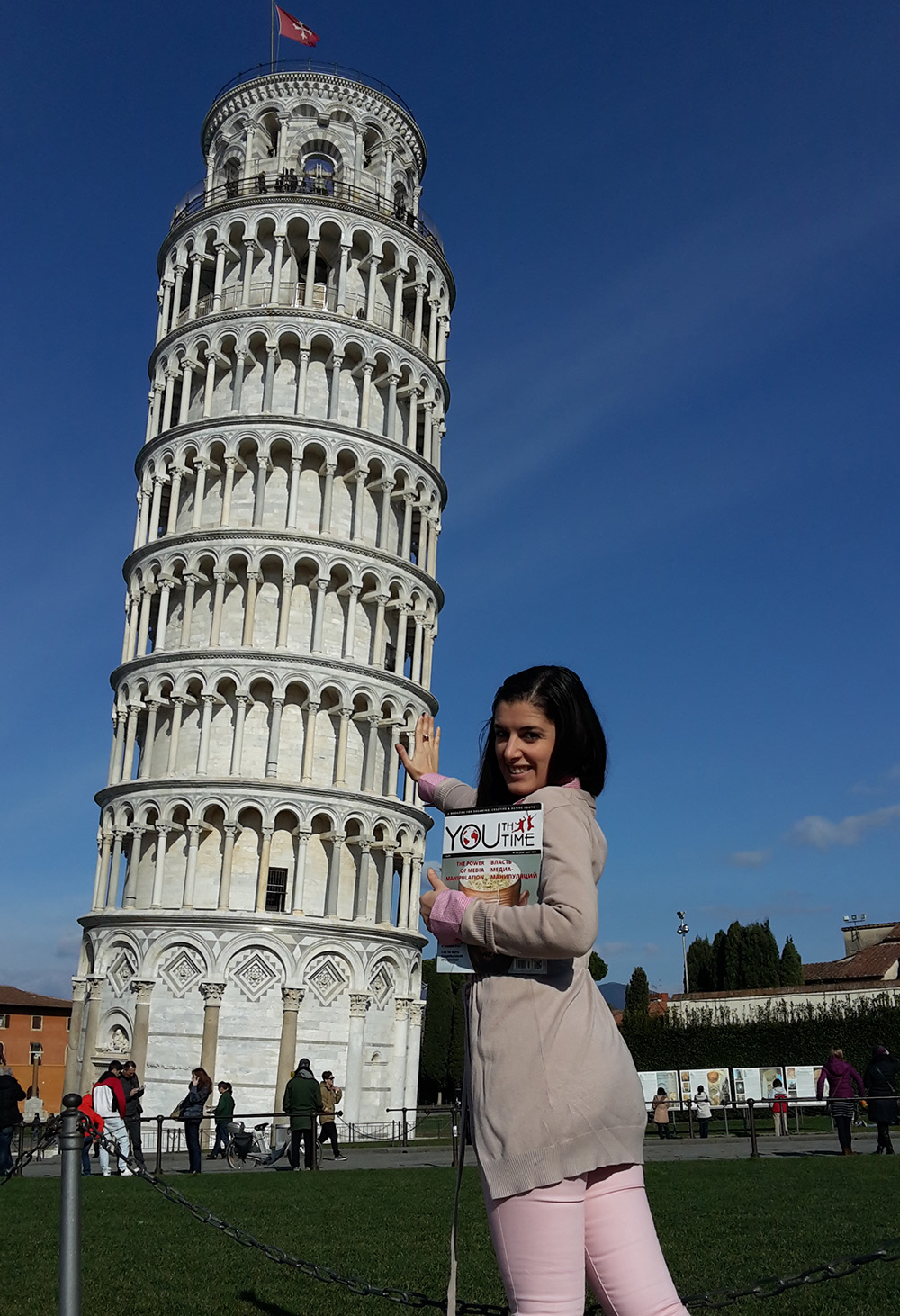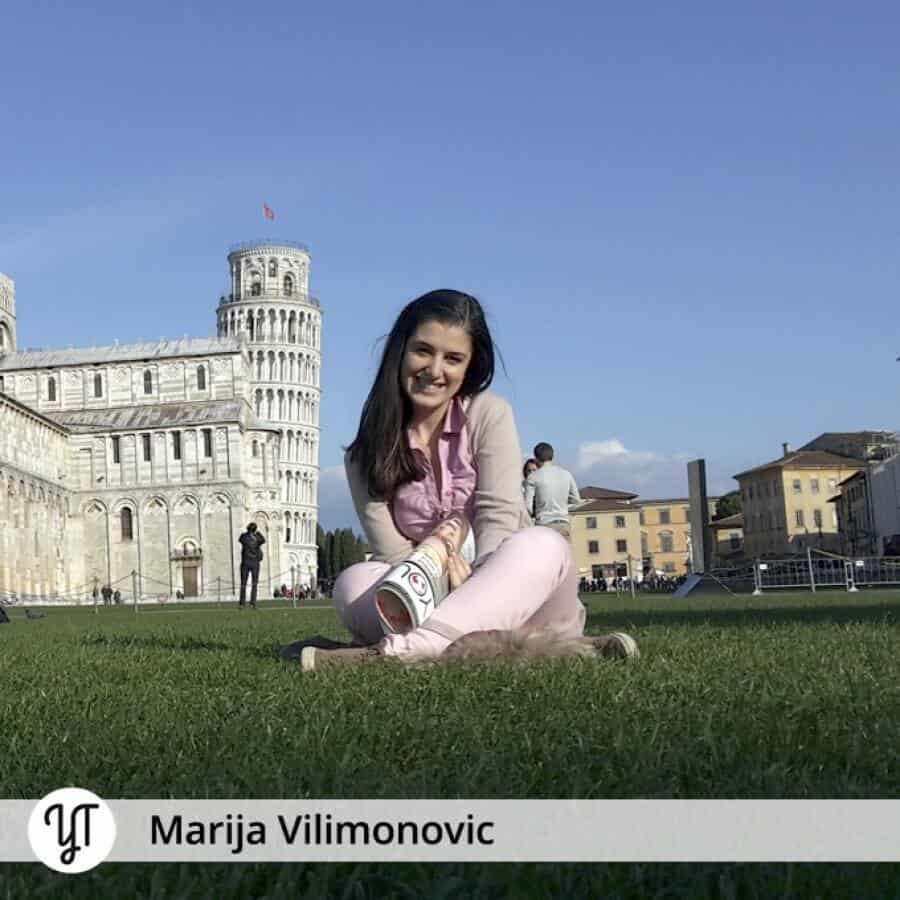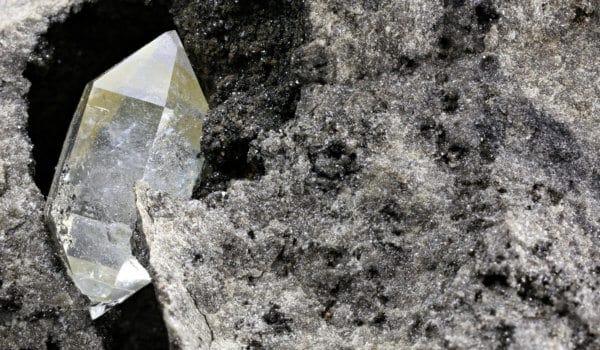Pisa is lively city with a long history and a lot of legends and “hidden” stories. One of these is about the world’s best known leaning tower. Of course modern people are aware that the “miracle” was not created by deus ex machina. The reason for its singularity is that the tower was built on clay soil, covered by ground water, and this is what made the tower lean. And it is no surprise that this is not the only building in Pisa which has had this problem.
The Tower of Pisa started to lean soon after being built, and there were many architects and engineers which participated in building and rebuilding it. By the time it was complete, this world-renowned campanile had been built in the form of a banana, which ensured its stability, at least for a while. But even that wasn’t enough, eventually, because the ground is alive and it kept moving, so between 1999 and 2001 there was another intervention in order to save the “Miracle” which is one of the greatest tourist attractions in Italy.

The interesting fact that most people do not know is that there are two more visibly leaning towers in Pisa, and if you pay attention while walking around, you begin to realize that even the trees are not exactly vertical. Geologically unstable soil has contributed to this.
Near the “Miracle” of Pisa, in one of the particularly narrow streets of the town, close to the Arno River, you can find The Church of San Nicola, probably built in the 11th century. On the left side of the church stands an octagon, incorporated into the adjoining building, and it is a slightly leaning bell tower. That tower stands among other buildings, actually between the church and a building where people live. It is the second most famous structure in the city after the Leaning Tower, and unlike the Leaning Tower it is surrounded by two walls.
The Church of San Nicola, with its leaning tower, is a romanesque and baroque building made of different types of stone, most notably Apuan marble from Isola d’Elba and grey limestone from San Giuliano Terme. Some of the most famous monuments in Tuscany, including the Leaning Tower of Pisa, besides others, were built with it.
Unfortunately, with the passing of time, on the outside facade we can now only see the remainder of the old intarsia decoration, although it was enough for professor Pietro Armienti to explore and arrive at some important scientific conclusions. He studied the geometric inlay in the lunette above the portal and discovered an “explicit reference to the famous series of” Leonardo Fibonacci, which is the theory that professor Armienti developed in his studies and recently published in the Journal of Cultural Heritage. He wrote that for centuries the inlay of the facade of the church was unreadable, but signs have emerged after restoration of the message carved in the portal’s lunette. As he claims, all of its details allow us to demonstrate that the valuable artifact which emerges from the joint work of mathematicians, theologians, and artisans celebrates the insights that marked in Pisa the birth of a school of thought that can transform our understanding of the medieval world and can confirm this city as the cradle of modern scientific thought.
Another leaning tower is situated in the eastern part of Pisa, just a little bit away from the chaotic city center. Although nothing is very far or hard to reach in this place because Pisa is not so big, even it may seem daunting at first glance because it is so densly developed, and with narrow streets full of scooters and bicycles you can easily feel dizzy.
The third leaning tower is in a very peaceful neighborhood, in a location called Le Piagge, and it is on the right bank of the river Arno. It is the bell tower of the church of San Michele degli Scalzi. The term Scalzi refers to the barefoot monks who were linked to the church. This whole complex was entrusted to monks from the Pulsano Abbey. The friars of this order were called “barefoot”, hence the name of the parish.
This beautiful romanesque church dates from the twelfth century and was erected on a previously known oratory dating from 1025. The bell tower, which rises on the right side of the church, leans with a gradient of five percent. This tower is the nearest to the river Arno.
The top of this bell tower was embellished with some copies of Islamic inscriptions dating from the twelfth century. (The originals are kept in the Museum of San Matteo, also in Pisa.) The belfry has three bells and an inscription that recalls the restoration which took place after bombing raids during the Second World War, during which the church was severly damaged, with the roof collapsed and also the right wall. Miraculously, the romanesque bell tower survived. During the process of reconstruction, Arno River flooding in 1949 produced horrible destruction; but again, as various legends hold, a real miracle happened. Although nobody expected it to resist the flood waters, the bell tower survived and is still standing and gracing the Pisa skyline.
This is one of the interesting stories that Italy has, as many other countries do. So besides the advice to put Pisa and the whole of Tuscany on your bucket list because it is worthwile, here is another suggestion: “Don’t be a tourist, be a traveler, be an adventurer!” Do not follow just an ordinary program to guide you. Try to explore and find other places, like those just mentioned in Pisa. Challenge yourself, and try to find unexpected fun and discovery during your trips.
Photos: Marija Vilimonovic
Support us!
All your donations will be used to pay the magazine’s journalists and to support the ongoing costs of maintaining the site.
Share this post
Interested in co-operating with us?
We are open to co-operation from writers and businesses alike. You can reach us on our email at [email protected]/[email protected] and we will get back to you as quick as we can.









